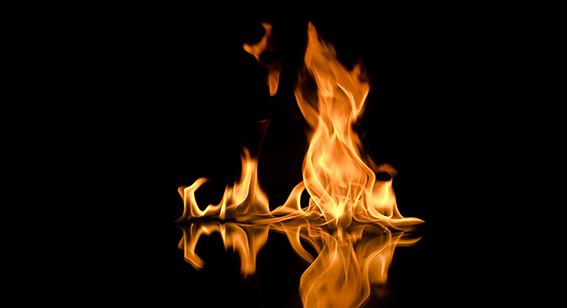Abstract
Many industries make use of burners to meet their needs for thermal energy. The design of burners and the related heat transfer equipment must, by necessity, fulfil stringent safety requirements – both to keep operators and staff safe and to avoid damage to equipment. In the oil and gas industry, some design practices dictate the maximum flame height in relation to the size of the radiant chamber for fired equipment. The flame length then usually undergoes dedicated firing tests. In this technical case study, EnginSoft was called in to assist in the application of Computational Fluid Dynamics (CFD) to model the flame size of a regeneration gas-fired heater for a project in Oman.
The aim of the test was to determine the burner’s flame height in three different operating conditions. A numerical simulation was used because of the difficulties of undergoing physical burn testing. It also saved the design team time and money in the design and testing process.
Read the article

